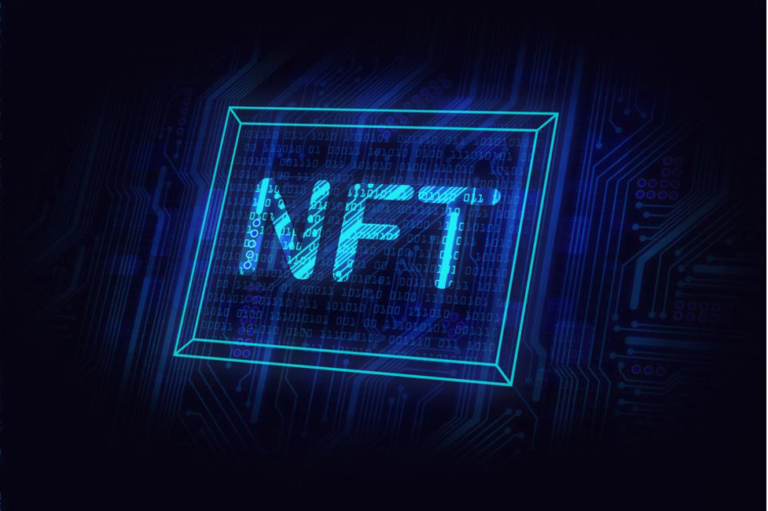Understanding NFTs
Have you ever had any sort of interaction with NFTs? Are you reading this for fun or are you considering the possibility of exploring that world? Or maybe you already are in the world of NFTs and would like to refresh your understanding of the trade.

Well, I wrote this article for NFT newbies for myself but I’m sure that there is something for everyone in this quick read. Come with me as we explore the basics of NFTs together.
Until recently, I thought that I understood NFTs; one day I came across a YouTube video that was introducing a new NFT project and everything sounded alien. That is when I realized that I still had a lot to learn. All the information I had previously gathered was not only inadequate but also misguided.
What are NFTs?
Most people already know that NFT stands for Non-Fungible Tokens. Is it an art form? Or is it a platform? What do you think?
We will start by defining the term fungible; it simply means replaceable or interchangeable. Non-fungible then means irreplaceable or unchangeable; this, therefore, suggests that NFTs are unique tokens that cannot be replaced or substituted.
Based on my research, most NFTs are built on the Ethereum Blockchain. All information about a particular NFT is stored publically and permanently on the Blockchain. It is this information that differentiates NFTs from the likes of Crypto coins and tokens.
An NFT can be any form of digital art, from a drawing to a song. Of course, unconventional art pieces like avatars and stickers are the most common type of NFTs available in the market. People have called NFTs an evolution of fine art.
Both their ownership and uniqueness can be verified. They can also be utilized across applications developed by different companies and they can be traded easily through secondary markets. These features open up possibilities for new use cases and business models.
Who benefits from NFTs?
Just like with any other product, the NFT market has several benefactors. There is more than a way to utilize them for profit as we are about to find out.
1. Artists
NFTs give artists an avenue to sell work that would otherwise not have a market. Also, these artists earn much more than they would in the traditional market. For instance, one would make more money selling a digital sticker as an NFT than they would if they sold it on the iMessage App Store.
You can also enable the settings in such a way that you receive a fixed percentage anytime the NFT is sold or changes hands. This way, you will see some value if your work ever gets popular and explodes in value.
2. Buyers
Not only do you get to support your favorite artists, but it also comes with some basic usage rights such as being able to post the image online or use it as your profile picture.
Did I mention the prestige of owning an NFT? And then there is the chance of your NFT increasing in value over time making you rich.
3. Collectors
Just like with any other speculative asset, you can buy it hoping that the value goes up soon so that you sell it for profit.
Why are NFTs so valuable?
I always thought that the value of an NFT comes from the prestige of owning one. However, I am learning that many factors come into play to determine their value. These factors are as follows:
- Utility – what can it be used for?
- Ownership history – the identity of the issuer and previous owner are a huge factor
- Future value – are its future valuation changes and future cash flow promising enough?
- Liquidity – ease of cash flow
Conclusion
NFTs are interesting because of their uniqueness as well as ownership. They have so much to offer and so far we have only seen the tip of the iceberg.